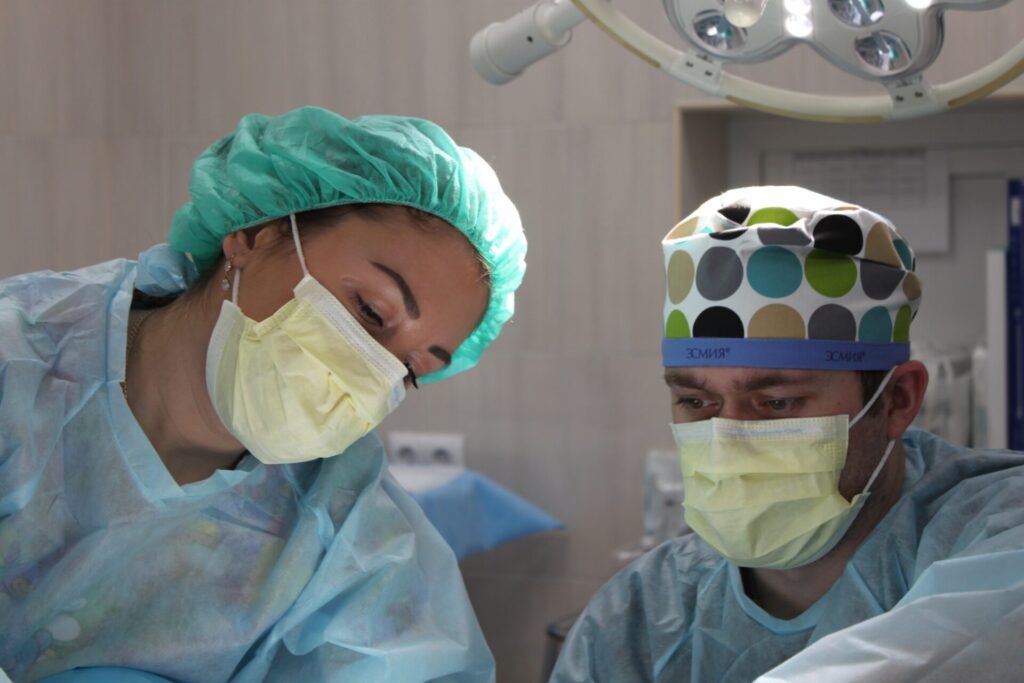How Physical Therapy Helps After Total Hip Replacement
Do you have a painful hip problem? Perhaps it has been so bad that doctors recommended total hip replacement surgery. If this is the case, then physical therapy should most definitely be on your post-surgical to-do list. After all, what’s the point of going through such an invasive procedure if you won’t take measures afterward to ensure its success? Physical therapy can help make sure that good things come out of your recovery period after total hip replacement and let me tell you why.
Understanding Total Hip Replacement Surgery and why Physical Therapy is Important
When it comes to hip replacement surgery, it can be a life-changing experience. Whether it’s from arthritis or a significant injury, the operation brings back mobility, reduces pain, and enhances your overall quality of life. However, the work doesn’t stop there. After the procedure, physical therapy is an essential component of the healing process. Therapy helps to restore your range of motion, strengthen the hip muscles, and prevent blood clots from forming. I’ve seen firsthand how dedicated patients are during physical therapy, and the results are astonishing. Patients can walk further, stand for extended periods, and do other activities they couldn’t do before the surgery. Remember, total hip replacement surgery is an incredible option, but physical therapy is critical to your success.
How to Prepare Physically for Total Hip Replacement Surgery
So, you’ve finally decided to undergo total hip replacement surgery. Good for you! You’re taking an active step towards regaining your mobility and reducing pain. But before the procedure, it’s essential to prepare yourself physically. The doctors might suggest exercises such as cycling, stretching, and swimming to strengthen your muscles and improve flexibility. It’s also crucial to quit smoking and lose weight, if necessary, to reduce the chances of complications during and after the surgery. With consistent exercise and healthy habits, you’ll be in prime shape to tackle the surgery and start your road to recovery. Remember, it’s not just about preparing for the procedure, but also for the life you’ll lead after.
Tips to Make the Recovery Process Easier After Surgery
Surgery can take a lot out of you, both physically and emotionally. For those who are about to undergo surgery, or who have just had a procedure done, the journey to recovery can be a challenging one. However, there are things you can do to help make the process less daunting. For starters, make sure you rest and take the time to allow your body to heal. Ask your doctor about any exercises you can do to help speed up your recovery and be sure to follow any post-operative instructions they give you. It’s also important to reach out to your family and friends for support during this time. Recovery can be a lonely and isolating process, so having someone to talk to can be hugely beneficial. Remember, recovery is a marathon, not a sprint – take small steps every day, and you’ll soon find yourself back on your feet.
Exercises & Stretches Recommended by Physical Therapists for Post-Surgery Recovery
Recovering from surgery is no easy feat, but physical therapists are there to help you every step of the way. They recommend specific exercises and stretches to help you regain your strength and mobility. One of their go-to exercises is the toe raise. This involves standing with your feet shoulder-width apart and rising onto your toes. It may sound simple, but it helps strengthen the muscles in your calves. Another recommended stretch is the hamstring stretch, where you lie on your back and lift one leg toward your chest while keeping the other leg straight on the ground. This helps lengthen the muscles in the back of your leg and aids in improving flexibility. With the right exercises and stretches, you’ll be on your way to a full recovery in no time!
Common Challenges & Pitfalls of Recovering from Total Hip Replacement Surgery
Recovering from total hip replacement surgery can be a daunting task. After all, it’s a major operation that requires patience, perseverance, and a lot of hard work. One of the most common challenges people face during their recovery is pain. It’s normal to experience pain and discomfort after surgery, but it can be frustrating when it doesn’t seem to subside. Another challenge is regaining strength and flexibility. It’s important to start doing rehabilitation exercises as soon as possible, but it can be tough to stay motivated and push through the discomfort. One of the biggest pitfalls of hip replacement recovery is rushing the process. It’s crucial to follow your doctor’s orders and not overdo it. Pushing yourself too hard too soon can lead to setbacks and delays in your recovery. Remember, recovery is a journey, not a sprint.
Conclusion
Total hip replacement surgery is a life-altering experience that can make life easier on you if handled correctly. With the right preparation and recovery plan, it’s possible to get active again after surgery without pain and limitation. It takes commitment and dedication to the prescribed exercises and stretches as recommended by a physical therapist. Challenges will inevitably arise so stay alert and be prepared to face them accordingly. Working with an experienced physical therapist who specializes in total hip replacement recovery not only makes the process easier but can improve the overall outcome as well. By relying on their expertise during this time, you’re investing in your future by optimizing your recovery and minimizing the lengthy downtime associated with treatment. Ultimately, though recovery is both physically and mentally difficult, understanding products to prepare for surgery, tips for how to make the process easier post-operative, common mistakes to watch out for throughout rehabilitation, and benefits of working with a knowledgeable physical therapist will ensure success in achieving longer-term physical function goals.

